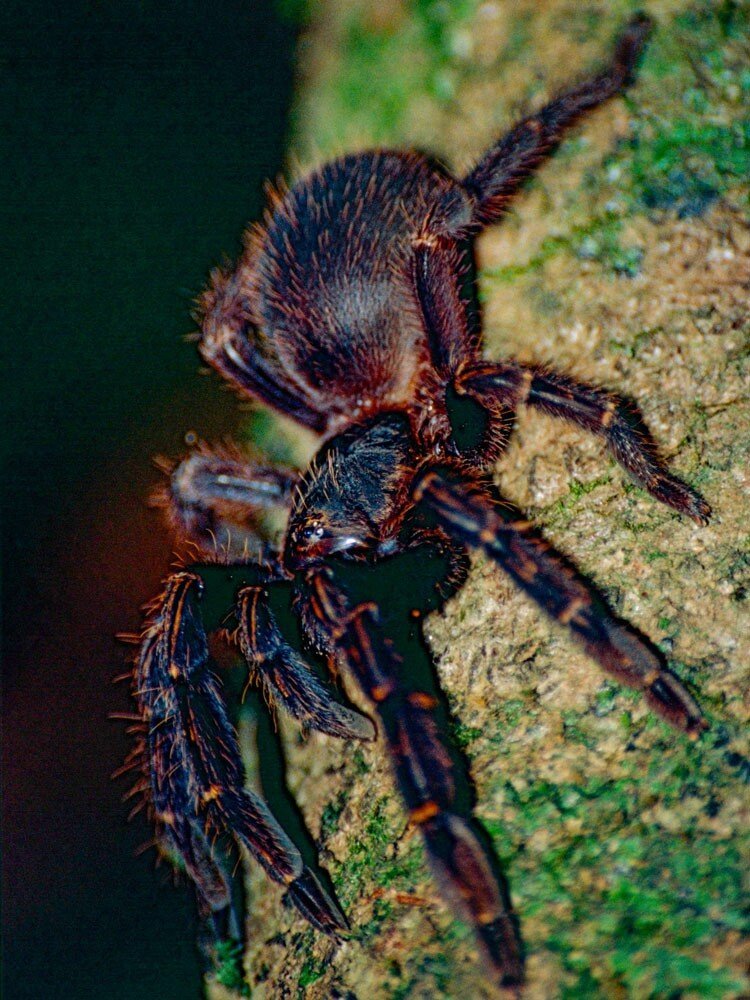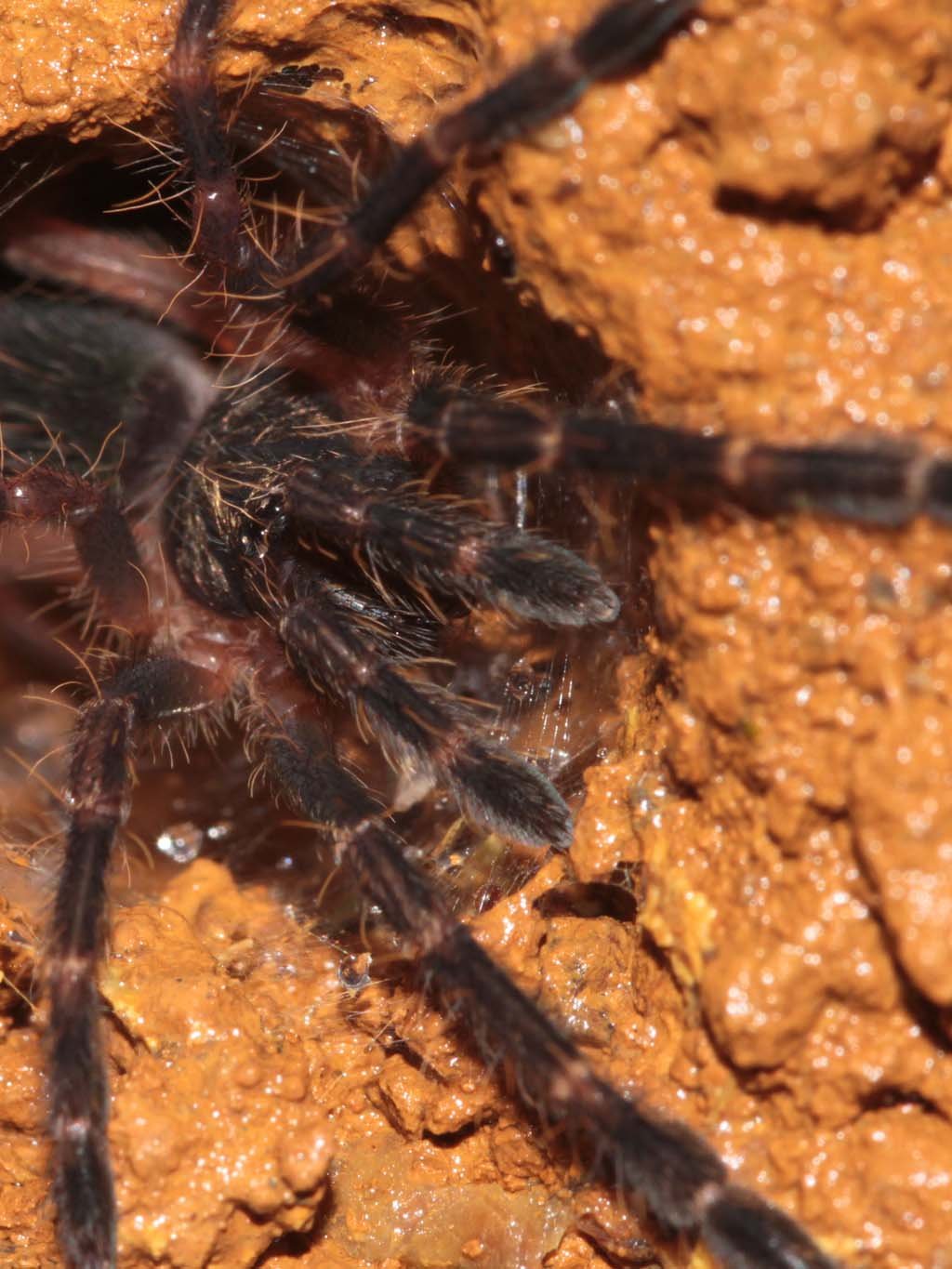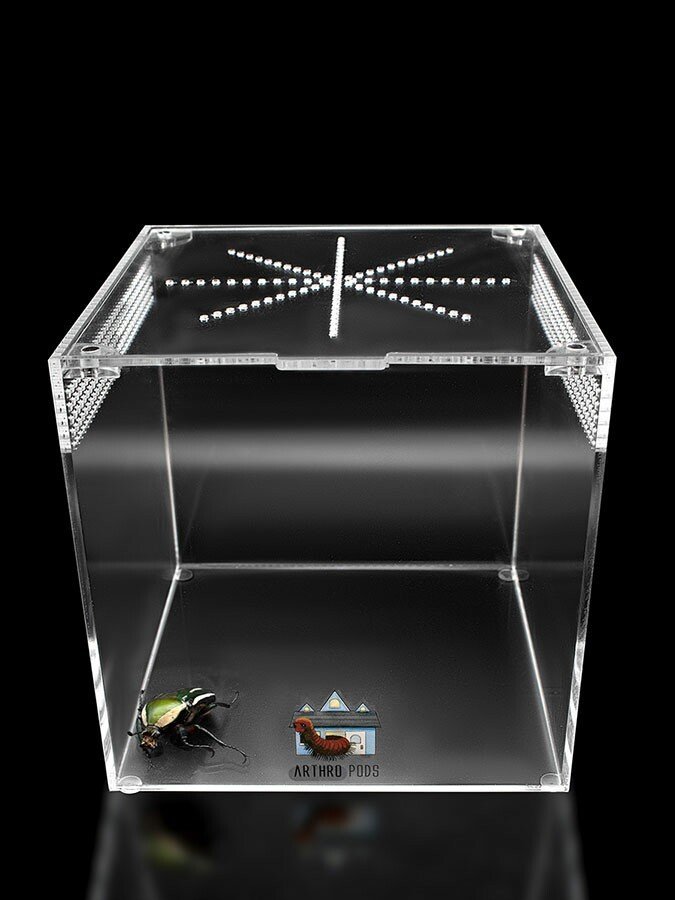What’s the ideal diet for a Red Skeleton Tarantula?
All tarantulas can eat a variety of feeders. Stick to crickets, dubia roaches, silkworms, horned worms occasionally, and a superworm or mealworm as the occasional treat!
How should I keep a Red Skeleton Tarantula?
You can start with the small Fossorial Fissure enclosure for this particular creature. When they are about ⅓ the size, you will want to go to the medium or large Fossorial Fissure enclosure. Feed them as slings once a week, twice if their opisthosoma (abdomen) looks small, but if the opisthosoma is wider than their prosoma (cephalothorax), then wait a couple of days to feed. Feed juveniles or adults nothing larger than their opisthosoma once a week. Always keep a full water dish; wider and deeper is fine. Your tarantula can’t drown; they float on water.
How long could a Red Skeleton Tarantula live?
Females are known to live between 13-15 years, and males, on average, live between 3-4 years. These are the best estimates from multiple sources.
Some photos provided by iNaturalist and Wikipedia, credit to:
Bernard Dupont, some rights reserved, (CC BY-SA 2.0)
Guillaume Delaitre, some rights reserved (CC BY)




















